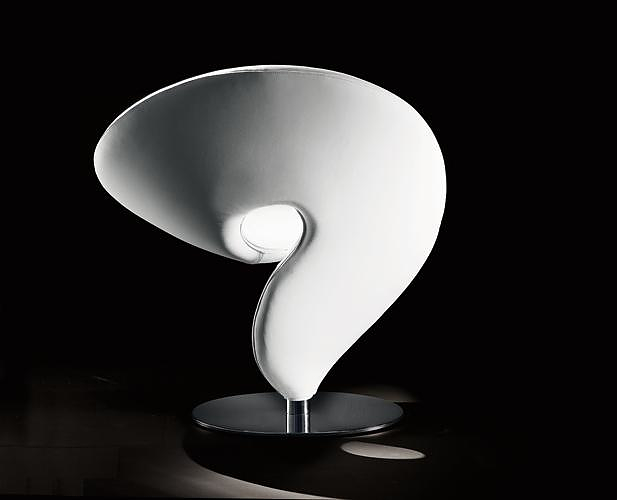What are apocrine glands?
What are apocrine glands?
A type of gland that is
found in the skin, breast, eyelid, and ear. Apocrine glands in the breast secrete fat droplets into breast milk and those in the ear help form earwax. Apocrine glands in the skin and eyelid are sweat glands.
What is apocrine function?
Apocrine sweat glands, which are usually associated with hair follicles,
continuously secrete a fatty sweat into the gland tubule. Emotional stress causes the tubule wall to contract, expelling the fatty secretion to the skin, where local bacteria break it down into odorous fatty acids.
What is the difference between apocrine and eccrine sweat glands?
Eccrine glands occur over most of your body and open directly onto the surface of your skin. Apocrine glands
open into the hair follicle, leading to the surface of the skin. Apocrine glands develop in areas abundant in hair follicles, such as on your scalp, armpits and groin.
What tissue is apocrine?
cuboidal epithelium
Apocrine glands in humans are tubular, coiled secretory glands lined by
simple cuboidal epithelium that surround the lumen. Apocrine gland ducts have the same histological features as eccrine gland ducts. However, the intraepidermal portion of the apocrine gland is straight and not coiled like the acrosyringium.
What does apocrine sweat smell like?
Apocrine sweat also contains chemicals called pheromones, which are hormones meant to have an effect on others. People and animals release pheromones to attract a mate, for example. When apocrine sweat is released, it's
colorless and odorless.
What does apocrine gland look like?
The secretory portion of an apocrine gland is a
coiled, nonbranching tube lined by a layer of cuboidal to columnar epithelial cells with round nuclei and brightly eosinophilic cytoplasm, surrounded by a layer of myoepithelial cells. The apocrine ducts per se are morphologically indistinguishable from eccrine ducts.
Why do we need apocrine glands?
The secretions of sebaceous and apocrine glands fulfil an
important thermoregulatory role in cold-stressed and heat-stressed hunter—gatherers. In hot conditions the secretions emulsify eccrine sweat and thus encourage the formation of a sweat sheet and discourage the formation and loss of sweat drops from the skin.
What triggers apocrine glands?
Pathogenesis. Apocrine glands are found in the axillary, inguinal, perineal, and perianal regions and are associated with hair follicles. Apocrine glands are stimulated by
pain or sexual arousal to secrete an odorless fluid which subsequently becomes malodorous after interaction with skin flora.
Why do we have apocrine glands?
The secretions of sebaceous and apocrine glands fulfil an
important thermoregulatory role in cold-stressed and heat-stressed hunter—gatherers. In hot conditions the secretions emulsify eccrine sweat and thus encourage the formation of a sweat sheet and discourage the formation and loss of sweat drops from the skin.
Why do I smell musty between my legs?
Sweating in the groin area can attract fungus and bacteria that can lead to a bad smell. Showering after exercise or athletic activity can help reduce the bad-smelling effects of smells related to sweating. Putting on clean, dry clothes after a sweat session can also help.
Why are apocrine glands smelly?
Apocrine glands release sweat when your body temperature rises, but also when you're under stress. It's the sweat produced by apocrine glands that is responsible for body odor
because it is high in protein that, when broken down by bacteria, causes a stink.
Why do my armpits stink even with deodorant?
Deodorants stop sweat from smelling but don't stop sweat itself. These products are often alcohol-based, turning your skin acidic. This inhibits bacteria from forming — which is what causes sweat to smell. If OTC deodorants aren't effective, talk to your doctor about prescription-strength deodorant.
Why do I still smell after a shower?
What causes the unpleasant smell is the
bacteria that build up on your sweaty skin and react with sweat and oils to grow and multiply when sweat reacts with bacteria on the skin. These bacteria break down proteins and fatty acids, causing body odor in the process.
How do I permanently get rid of armpit odor?
Applying baking soda on your underarms can keep the area dry and avoid too much sweating. Also, it has anti-bacterial properties that can remove the foul smell creating bacteria from your armpits. All you need to do is to mix 1 tablespoon of baking soda and 1 tablespoon of lemon juice.
Why does my pants smell like pee?
Urine. Sometimes, urine leaking can
cause urine to build up on your underwear or skin. This can lead to a smelly groin. If you have a urinary tract infection, you may especially feel like the smell lingers.
Why do I stink even with deodorant?
Deodorants stop sweat from smelling but don't stop sweat itself. These products are often alcohol-based, turning your skin acidic. This inhibits bacteria from forming — which is what causes sweat to smell. If OTC deodorants aren't effective, talk to your doctor about prescription-strength deodorant.
